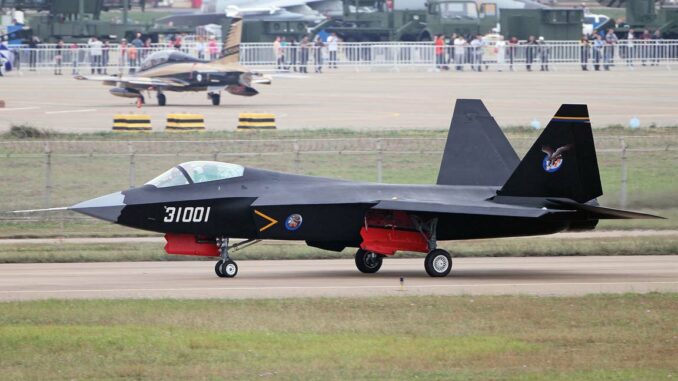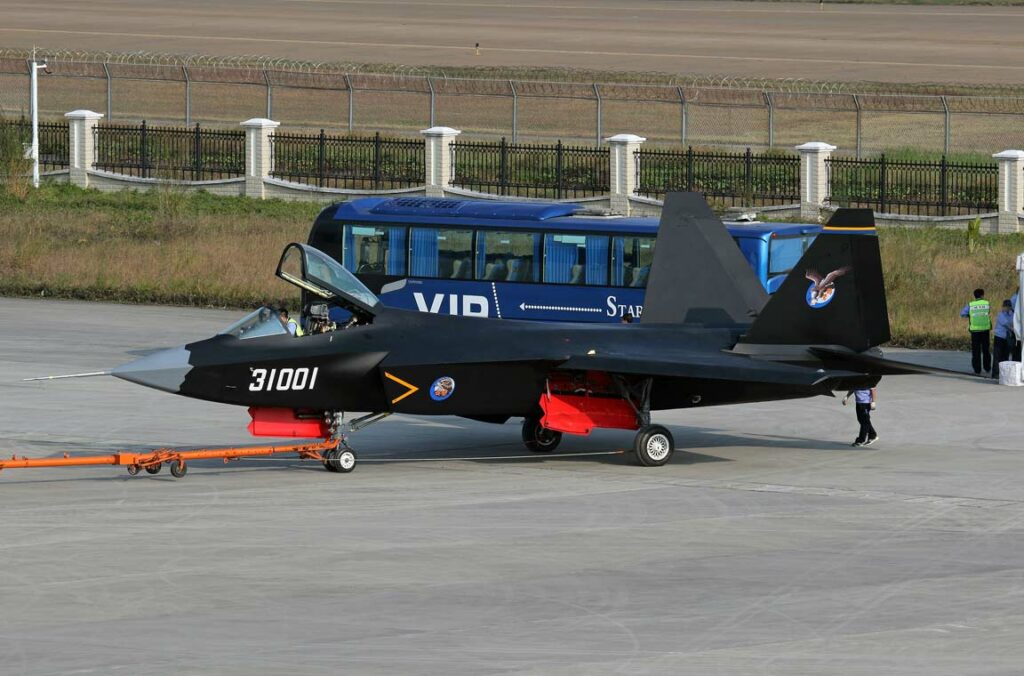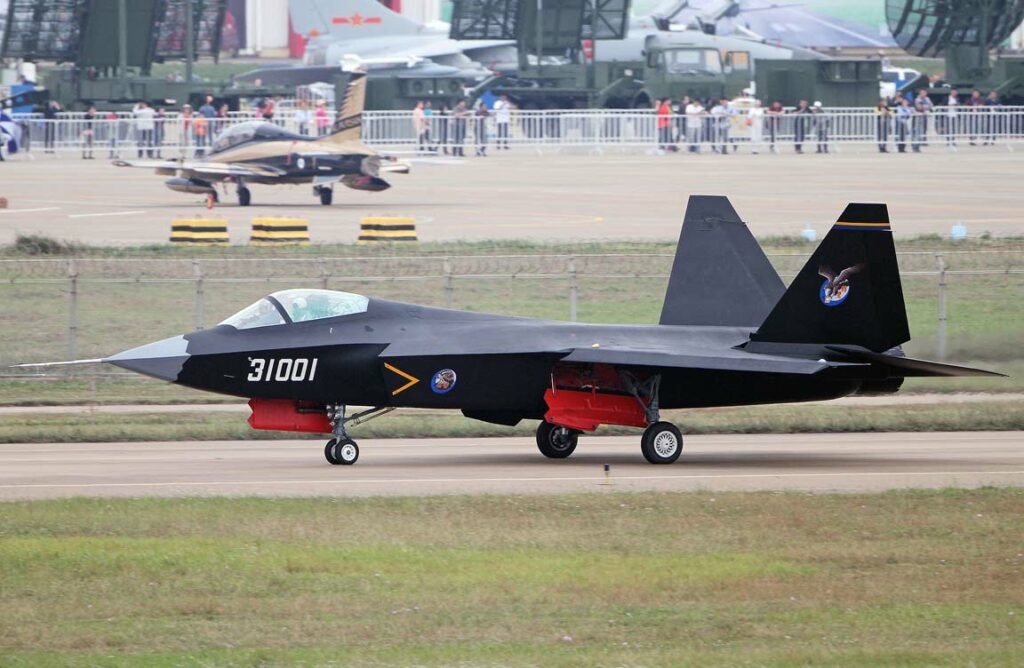
Find out more about Pakistan’s purchase of Chinese FC-31 jets and its implications for regional security and military balance.
Pakistan moves closer to China
Pakistan is about to acquire China’s fifth-generation FC-31 Gyrfalcon fighter jet, a decision that marks a significant turning point for the country’s military aviation. Pakistan Air Force Chief Marshal Zaheer Ahmed Baber Sidhu announced the acquisition at a ceremony to introduce new equipment, including J-10C Firebird fighters. However, specific details concerning the timing and quantity of aircraft acquired remain unclear.

The FC-31, also known as the J-31 or Gyrfalcon, is a multi-role stealth fighter representing the advanced technology of the fifth generation of combat aviation. Its design aims to offer air superiority, with stealth, speed and agility capabilities. Despite unresolved questions about its real capabilities and operational potential, Pakistan’s commitment to this aircraft reflects a desire to modernize its fleet and meet regional security challenges.
The decision to opt for the FC-31, rather than Turkey’s fifth-generation Kaan fighter, raises questions about the future of military cooperation between Pakistan and other defense suppliers. This acquisition also illustrates the intensification of Sino-Pakistani relations, particularly in the defense field.
Military and geopolitical reinforcement
The introduction of the FC-31 into Pakistan’s arsenal has significant implications, both nationally and regionally. Firstly, it increases the potential of the Pakistani Air Force by introducing advanced stealth technology that could alter the military balance between Pakistan and India. This acquisition could prompt a response or escalation of military capabilities on the part of India, fuelling an arms race in the region.
Beyond the regional implications, the purchase of the FC-31 is an important milestone for China, which is seeking to extend its influence and demonstrate its ability to produce and export high-tech combat aircraft. It reinforces China’s status as a major player in the global defense industry, and could open up opportunities for further export contracts for its combat aircraft.

However, there are concerns about the economic viability of this acquisition for Pakistan, given its precarious economic situation. The adoption of various types of fighter also poses training and maintenance challenges for the air force. In addition, some experts suggest that the need for stealth platforms could be met more economically and efficiently by UAVs (unmanned aerial vehicles) for tactical support on the battlefield.
Pakistan’s acquisition of Chinese FC-31 fighter jets is a major strategic development that redefines the country’s military capabilities and influences the regional balance. However, the economic and operational implications of this decision underline the complexity of choices when it comes to military modernization.
War Wings Daily is an independant magazine.